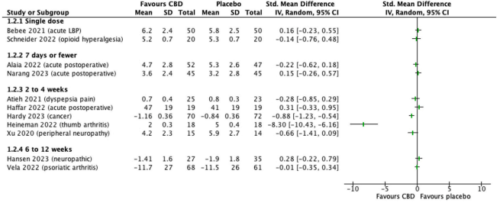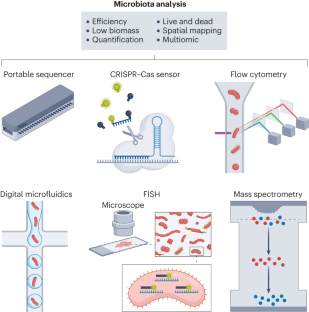2024-03-25 ニューヨーク大学 (NYU)
<関連情報>
- https://www.nyu.edu/about/news-publications/news/2024/march/evolutionary-tipping-point-fungi.html
- https://www.cell.com/cell-reports/fulltext/S2211-1247(24)00289-4
先端成長細胞の形態学的多様性を支配するフィットネス・ランドスケープの不安定性 A fitness landscape instability governs the morphological diversity of tip-growing cells
Maxim E. Ohairwe,Branka D. Živanović,Enrique R. Rojas
Cell Reports Published:March 25, 2024
DOI:https://doi.org/10.1016/j.celrep.2024.113961
Highlights
•Diverse tip-growing cells grow by inflating themselves with turgor pressure
•There is an intrinsic mechanical instability in the mechanism of inflationary growth
•The instability leads to a bifurcation of the fitness landscape of tip growth
•The bifurcation strictly constrains observable cell shapes from across nature
Summary
Cellular morphology affects many aspects of cellular and organismal physiology. This makes it challenging to dissect the evolutionary basis for specific morphologies since various cellular functions may exert competing selective pressures on this trait, and the influence of these pressures will depend on the specific mechanisms of morphogenesis. In this light, we combined experiment and theory to investigate the complex basis for morphological diversity among tip-growing cells from across the tree of life. We discovered that an instability in the widespread mechanism of “inflationary” tip growth leads directly to a bifurcation in the common fitness landscape of tip-growing cells, which imposes a strict global constraint on their morphologies. This result rationalizes the morphology of an enormous diversity of important fungal, plant, protistan, and bacterial systems. More broadly, our study elucidates the principle that strong evolutionary constraints on complex traits, like biological form, may emerge from emergent instabilities within developmental systems.
Graphical abstract



